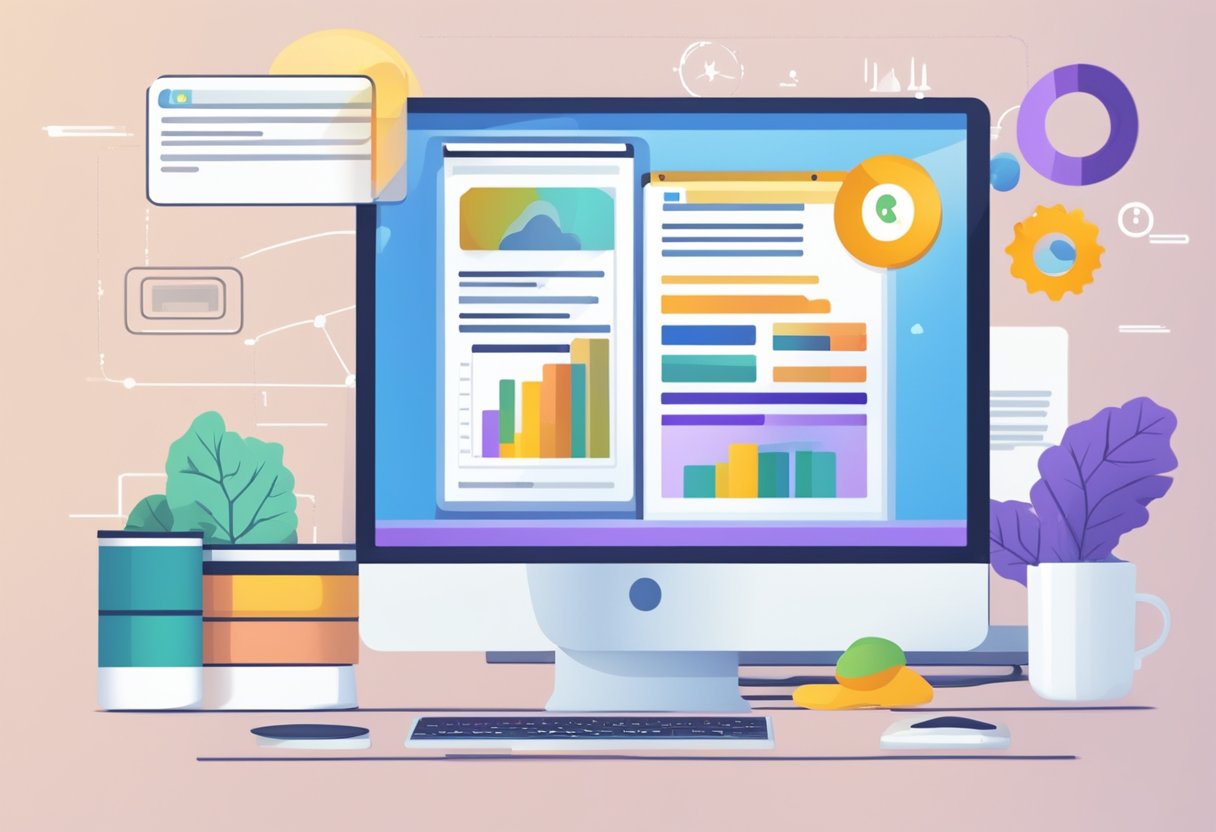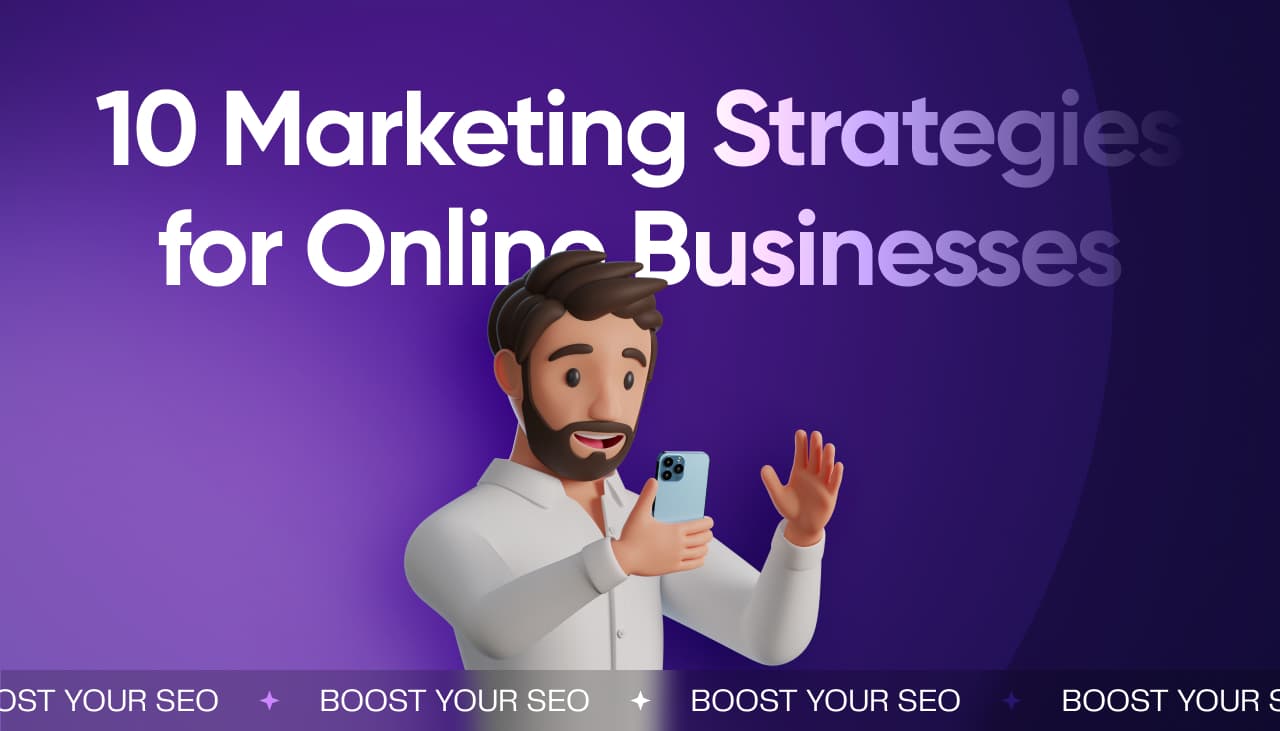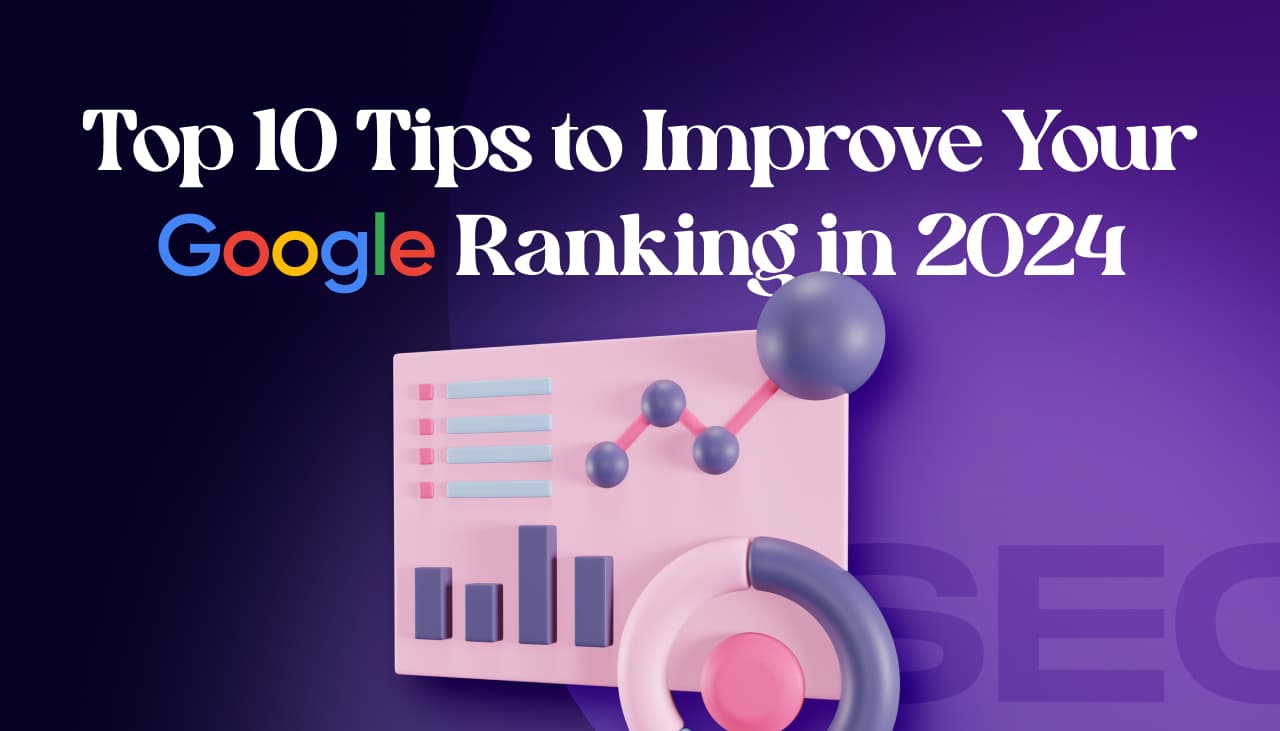Improving our website’s ranking in search engine results is essential to increasing visibility and driving traffic to our site. Known as search engine optimization (SEO), this process involves a variety of strategies and techniques aimed at boosting our position on search engines like Google.
By staying up to date on the latest SEO techniques and consistently publishing high-quality web content, we can enhance our online presence and reach our target audience more effectively.
As the digital landscape evolves, staying on top of SEO practices becomes more crucial than ever. It’s not just about sprinkling keywords throughout our content; it’s about crafting a user experience that both satisfies our audience’s needs and meets search engines’ criteria.
This balance ensures that when users search for relevant topics, our website stands a better chance of appearing prominently in the results, leading to improved search rankings.
Our focus here is to outline ten actionable ways that can help us to optimize our website for better search engine rankings. Each method is grounded in the latest best practices and designed to deliver incremental improvements.
By applying these techniques, we work towards establishing our website as a trustworthy and authoritative source in our industry.
Table of Contents
Understanding SEO Fundamentals
In this section, we’ll explore the essentials of SEO and its impact on our online visibility. We’ll examine what it involves, why it’s critical for our web presence, and the major factors that influence our position on search engine results.
What Is SEO?
SEO, or Search Engine Optimization, is the practice of enhancing our website so it can be better understood and favored by search engines like Google.
Achieving high Google rankings through organic traffic is our objective. It relies not only on the quality of our content but also on how well it aligns with search engine algorithms and user expectations.
Why SEO Matters for Your Online Presence
The significance of Search Engine Optimization lies in its ability to increase our website’s visibility on Google search. When our content appears higher on search results, it’s more likely to draw valuable organic traffic.
This can lead to a virtuous cycle: high rankings bring more visitors, and more visitors can result in even higher rankings.
By consistently creating high-quality, authoritative, and fresh content geared toward your intended audience, you can improve your website’s ranking and increase traffic, boosting the relevance and authority of your site.
Key SEO Ranking Factors
Several key factors contribute to our Google ranking:
- Content Quality: Google’s algorithms prioritize high-quality, relevant content.
- PageRank: Google’s system for ranking web pages based on a complex interlinking structure.
- Mobile-Friendliness: With more searches on mobile devices, this has become essential.
- Page Speed: A crucial factor for our website’s user experience and SERP position.
- Backlinks: High-quality links from other reputable sites boost our credibility and rankings.
- User Experience (UX): Includes our site’s navigability, design, and overall usability.
- Technical SEO: Encompasses site architecture, structured data, and other behind-the-scenes elements.
By optimizing across these and other factors, we enhance our site’s performance on search engines and pave the way for greater visibility and success.
Keyword Optimization to improve your sites ranking

Keyword optimization is a cornerstone of Search Engine Optimization, ensuring that we target the most effective terms for search engine visibility.
Importance of Keyword Research
Keyword research is integral to understanding what our audience is searching for. It allows us to prioritize content creation based on actual search queries and avoid the pitfall of keyword stuffing.
Effective research identifies not only popular terms but also their synonyms and variations.
Targeting the Right Keywords
Choosing the right target keyword is critical. It should be relevant to our content and have a balance of search volume and competition.
This helps us to align more closely with user intent and be more likely to appear for the searches most valuable to us.
Utilizing Long-Tail Keywords
Long-tail keywords, which are longer and more specific search phrases, often convert better due to their specificity.
We integrate long-tail keywords naturally within our content to address complex search queries and improve our chances of ranking higher.
Creating High-Quality Content
High-quality content is fundamental for SEO success. We’ll explore how content’s relevance, engagement, and alignment with search intent can significantly impact our website’s visibility.
The Role of Content in SEO
Content is the lifeblood of SEO. Google values high-quality content because it fulfills users’ search queries effectively.
When we create content that is informative and well-researched, it positions us as authorities in our niche. This boosts our visibility and enhances the trustworthiness of our website.
Crafting Engaging and Informative Articles
For our blog posts to be engaging, we must ensure they’re well-structured with a clear narrative. Starting with an interesting introduction and using subheadings, we maintain our reader’s attention.
Incorporating multimedia elements can also enrich the user experience and keep readers on our page longer.
Optimizing Content for Search Intent
Understanding search intent is key to content optimization. When crafting content, we align it with our audience’s intent, whether they seek information or a specific product.
We analyze content gaps and address them, providing comprehensive answers to our audience’s questions. This practice is a great way to increase our content’s relevance and improve our SEO rankings.
Improving User Experience
Enhancing user experience is critical for SEO success. We balance aesthetics with functionality to ensure both gripping design and seamless interaction.
Website Design and Layout
The design and layout of a website are fundamental to user engagement. We prioritize clarity and simplicity, creating an intuitive navigation structure that guides users effortlessly.
Effective use of whitespace and strategically placed call-to-action buttons maximize usability while maintaining visual appeal.

Mobile Friendliness and Responsive Design
In the era of mobile-first indexing, our approach is responsive design. This ensures that the site is accessible and performs well across all devices.
By adapting to various screen sizes, we provide a consistent experience that bolsters user retention and engagement.
Site Speed and Performance Optimization
We recognize that site speed is part of the Core Web Vitals crucial to Google’s ranking algorithms. Utilizing tools like PageSpeed Insights, we analyze and enhance loading times, aiming for a quick Largest Contentful Paint (LCP), a confirmed Google ranking factor.
We also minimize Cumulative Layout Shift (CLS) and reduce First Input Delay (FID) to ensure smooth interactivity and improve your Google ranking factor.
On-Page SEO Best Practices
Before we jump into the technicalities, we need to understand that on-page SEO is about optimizing elements on our website to improve our search engine rankings.
Optimizing Title Tags and Meta Descriptions
Each page on our site should have a unique title tag with the main keyword featured prominently. This is critical as it’s the first indicator for search engines and users what the page is about. Likewise, our meta descriptions should concisely summarize the page content while including relevant keywords.
It’s essential to keep title tags and page titles under 60 characters and meta descriptions under 160 characters to ensure they display properly in search results.
Effective Use of Header Tags and Subheadings
Utilizing header tags—from H1 to H6—is key for structuring our content effectively. The H1 tag should be reserved for our main title and include the primary keyword.
Subheadings (H2s, H3s, etc.) break up the text and guide readers through our content. This not only aids in readability but also allows us to highlight subsidiary topics and keywords, improving our SEO.
Internal Linking Strategies
Internal links connect our content and give Google an idea of the structure of our website. By using descriptive, keyword-rich anchor text, we show how different pages relate to one another.
This not only boosts our SEO but also keeps visitors engaged, as they can easily navigate to related topics they’re interested in.
We should aim to link to important pages more often, prioritizing them in the eyes of search engines. Additionally, incorporating internal links within a single page can also improve SEO and keep visitors on your site longer.
Technical SEO Enhancements to improve your website’s ranking
To climb the ranks in search engine results, it’s essential to focus on technical SEO enhancements. These infrastructural adjustments can create a solid foundation to support all other SEO efforts efficiently.
Conducting a Comprehensive Site Audit
We begin by conducting a comprehensive site audit to identify technical SEO issues. This process involves a meticulous examination of our site to ensure it’s built according to current SEO best practices.
Common findings might include broken links, duplicate content, or issues with indexation that need our immediate attention.
Improving URL Structure and Navigation
Next, we work on improving URL structure and navigation. A well-organized URL structure helps search engines understand the hierarchy of our website. We ensure URLs are concise, include relevant keywords, and use hyphens to separate words. Clean navigation improves user experience and helps search engines crawl our site effectively.
Enhancing Images and Videos for SEO
Lastly, we focus on enhancing images and videos for SEO. Our images use descriptive file names and are paired with informative alt tags that accurately describe their content, benefiting both users and search engine crawlers.
We also prioritize video optimization by including accurate transcripts. For both images and videos, we prefer formats like WebP and compress images to reduce load time without sacrificing quality.
Link Building Techniques
Establishing a robust link profile is a cornerstone of effective SEO. We’ll explore advanced strategies for enhancing your website’s authority through backlinks, while ensuring the connections are both high-quality and cohesively integrated within your site’s structure.
Understanding the Importance of Backlinks
Backlinks are vital for SEO as they signal to search engines that others endorse your content. Websites linking to your pages act as a vote of confidence, which can lead to higher rankings in search results.
It’s essential to gather backlinks from reputable and relevant sites to bolster your site’s perceived value.
Acquiring High-Quality External Links
Gaining high-quality external links means reaching out to reputable websites and fostering relationships that result in links back to your top-ranking pages.
The anchor text used in these backlinks should be relevant to your page’s content, helping search engines understand the context of the links. Initiatives like guest blogging, content collaboration, and getting mentioned on respected industry sites are effective ways to acquire such links.
Leveraging Internal Linking
Internal linking involves creating links that connect one page of your site to another within your own domain. This not only aids in website navigation but also distributes page authority throughout your site.
Use descriptive anchor text for these links, and consider linking to category pages to help structure your site and enhance its SEO footprint. By doing so, we guide users and search engine crawlers to our most important pages efficiently.
Leveraging Analytics and Tools
To significantly enhance our website’s SEO, we must tap into the power of analytics and specialized tools.
These instruments offer us insights and actionable data critical for decision-making and strategy refinement.
Utilizing Google Search Console and Analytics
Google Search Console allows us to monitor our site’s performance in Google’s search results. We can see which queries bring users to our site, our site’s average click-through rate (CTR), and which pages have the highest performance.
Integrating Google Analytics gives us a deeper dive into user behavior, allowing us to track conversion rates and pinpoint where users drop off. Together, these webmaster tools help us understand our audience and optimize our content effectively.
Exploring Free and Paid SEO Tools
A variety of SEO tools are available, with both free and paid options. For initial steps, free tools can provide us with considerable insights to improve our SEO results. Tools like Google’s Keyword Planner help us discover what potential customers are searching for.
As for advanced analysis, tools like SEMrush offer comprehensive features such as competitive data, detailed backlink analysis, and keyword tracking which can remarkably elevate our SEO tactics. By utilizing these tools, we can boost our website’s ranking and see significant improvements in our SEO results.
Measuring SEO Success with Metrics
Our SEO success hinges on our ability to measure and understand key metrics. Metrics like bounce rate, pages per session, and session duration can provide us with indicators of content relevance and engagement.
More importantly, a high click-through rate (CTR) indicates our titles and meta descriptions are compelling and relevant. Regularly analyzing these metrics enables us to iterate and improve our SEO strategies continuously.
Frequently Asked Questions
In this section, we’ll address common queries around enhancing your website’s SEO and improving your rankings on search engines.
What are the most effective SEO techniques to implement for better rankings?
Improving website loading speed is critical, as it affects user experience and search engine rankings. Create high-quality, linkable content to encourage backlinks, and ensure mobile-friendly design for better visibility.
Which SEO key terms should I focus on to enhance my website’s visibility?
Focus on keywords with high commercial intent to attract users ready to engage or purchase, and consider long-tail keywords that are more specific and less competitive.
Could you provide a checklist for optimizing website SEO?
Certainly. Start by ensuring your site is indexed by search engines, optimize meta tags and descriptions, regularly update with quality content, and build a profile of reputable backlinks.
What are some free methods to boost my website’s SEO performance?
Leverage Google My Business for local SEO, utilize social media platforms to increase engagement, and take advantage of free tools like Google Analytics to understand your website’s performance.
What strategies can small businesses use to improve their SEO on Google?
Small businesses should tailor content to their unique audience, engage in local SEO practices, and create linkable assets to build authority and trust with both users and search engines.
How to increase your Google Ranking?
Regularly analyze your website’s SEO performance, optimize for voice search and featured snippets, and create content answering your audience’s questions. A solid internal linking structure also helps search engines understand and rank your website’s pages.
To achieve first-page rankings on Google, you need to focus on several key steps. Firstly, regularly analyze your website’s SEO performance by monitoring keyword rankings, traffic, and user engagement metrics. This will help you identify areas for improvement.
Next, optimize your website for voice search and featured snippets. As more users rely on voice assistants and snippet-based information, adapting your content to these formats can boost your visibility.
Additionally, create content that answers your audience’s questions and addresses their needs. By providing valuable information and solutions, you increase the likelihood of ranking higher in search results.
Lastly, implement a solid internal linking structure. This involves linking relevant pages within your website to help search engines understand the hierarchy and relationships between your content. By demonstrating a clear structure, search engines can better navigate and rank your website’s pages.
Overall, achieving first-page rankings on Google requires a combination of regular analysis, optimization for emerging trends like voice search and featured snippets, creating valuable content, and implementing a strong internal linking strategy.
By following these essential steps, small businesses can improve their chances of ranking higher in search results and driving organic traffic to their websites. Start optimizing your site today to improve your website’s ranking!














Responses (0 )